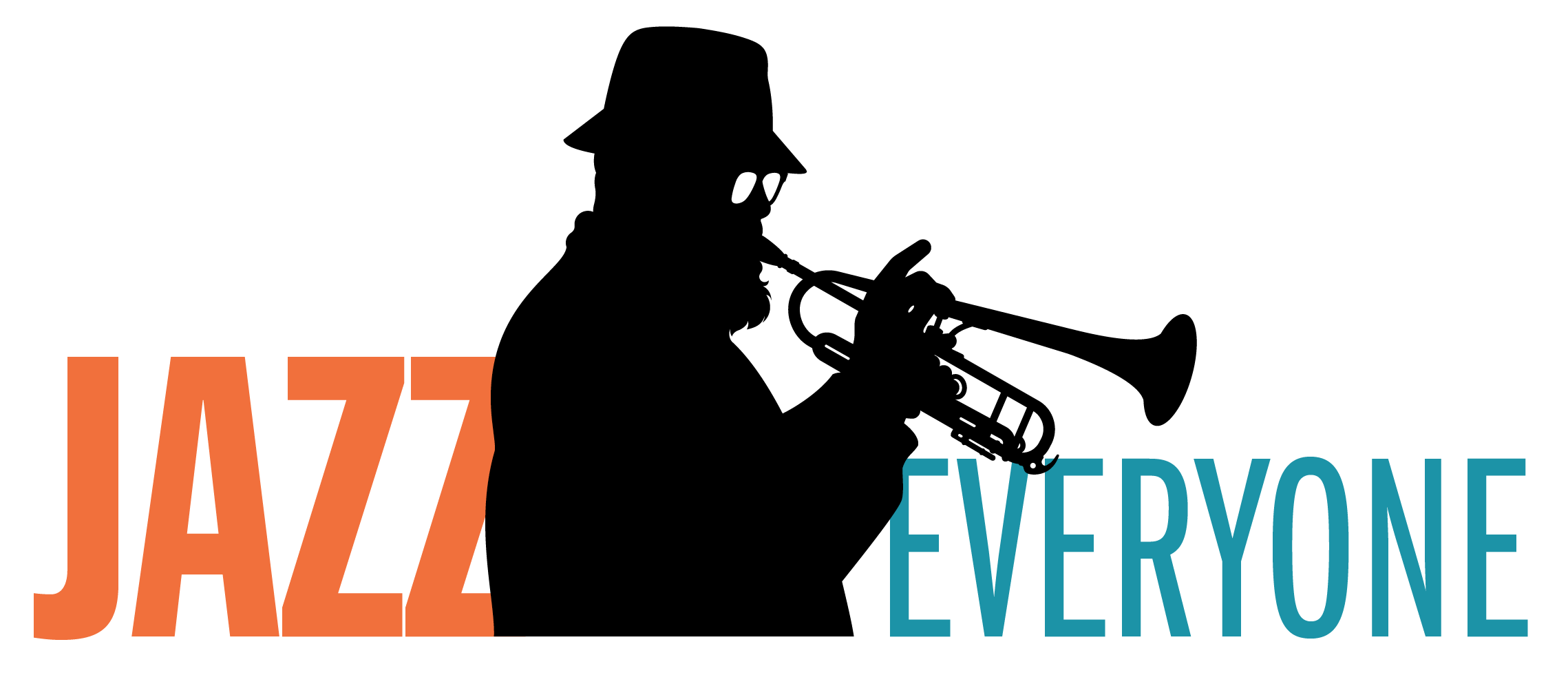Thinking Numerically
In jazz, chords are typically referred to by their numeric value. Roman numerals are used to represent these values. Using numeric values makes it easy to describe chords and their functions, regardless of their key (ex. V7 to I, ii-V7-I's, or V7 of V7, etc.). Chords are numbered based on the scale degrees of the key center. They are upper-case when major or augmented and lower-case when minor or diminished. Regular numbers are used, as in normal chord nomenclature, to represent chord extensions.
Players commonly refer to chord and scale tones by their numeric values as well. Regular numbers are used to represent these values. In addition, the tonic of a chord or key center is referred to as the "root". For example, Uncle Willie gives directions in the free lesson to play the "roots" and "5th's" of the tonal center.
A great benefit of being able to think of chords and pitches numerically, is that it makes transposition much easier. By thinking of chord changes numerically, you are essentially thinking of their function. This way, you are never trapped into any one key. Remember that thinking numerically about changes should never replace your ear's ability to hear them, but rather enhance it.





